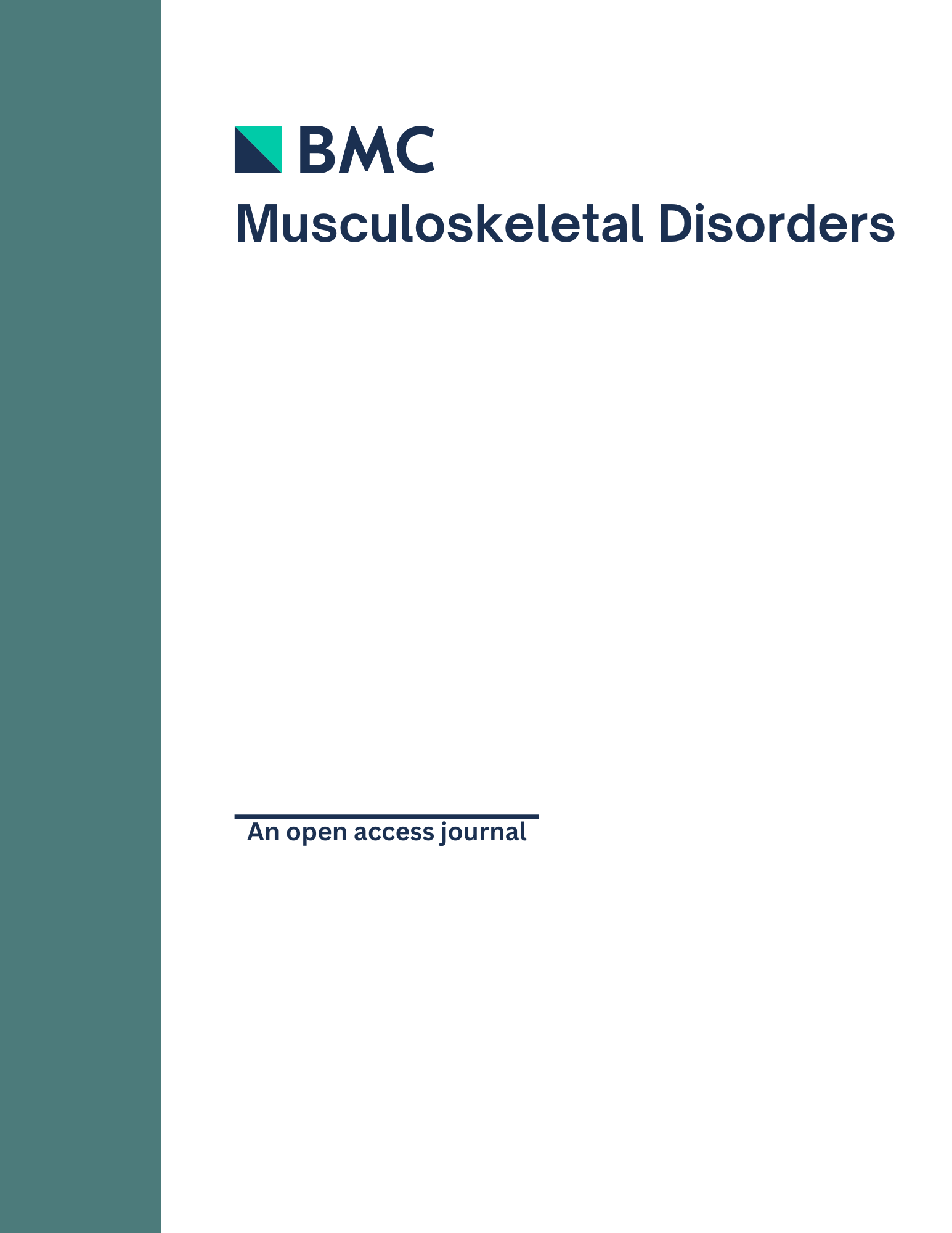
Higher patient comfort obtained from treatment of acute ankle sprain with semi-rigid brace

Higher patient comfort obtained from treatment of acute ankle sprain with semi-rigid brace
The effect of taping versus semi-rigid bracing on patient outcome and satisfaction in ankle sprains: a prospective, randomized controlled trial
BMC Musculoskelet Disord. 2012 May 28;13:81. doi: 10.1186/1471-2474-13-81Did you know you're eligible to earn 0.5 CME credits for reading this report? Click Here
Synopsis
100 patients, who had sustained a grade II or III ankle sprain, were randomised into two groups to either receive treatment with tape or with a semi-rigid ankle brace, for 4 weeks, in order to determine the treatment preference. Assessments collected over a 12 week period following the start of treatment demonstrated that patients wearing the semi-rigid brace had higher comfort and satisfaction.
Was the allocation sequence adequately generated?
Was allocation adequately concealed?
Blinding Treatment Providers: Was knowledge of the allocated interventions adequately prevented?
Blinding Outcome Assessors: Was knowledge of the allocated interventions adequately prevented?
Blinding Patients: Was knowledge of the allocated interventions adequately prevented?
Was loss to follow-up (missing outcome data) infrequent?
Are reports of the study free of suggestion of selective outcome reporting?
Were outcomes objective, patient-important and assessed in a manner to limit bias (ie. duplicate assessors, Independent assessors)?
Was the sample size sufficiently large to assure a balance of prognosis and sufficiently large number of outcome events?
Was investigator expertise/experience with both treatment and control techniques likely the same (ie.were criteria for surgeon participation/expertise provided)?
Yes = 1
Uncertain = 0.5
Not Relevant = 0
No = 0
The Reporting Criteria Assessment evaluates the transparency with which authors report the methodological and trial characteristics of the trial within the publication. The assessment is divided into five categories which are presented below.
3/4
Randomization
2/4
Outcome Measurements
4/4
Inclusion / Exclusion
4/4
Therapy Description
4/4
Statistics
Detsky AS, Naylor CD, O'Rourke K, McGeer AJ, L'Abbé KA. J Clin Epidemiol. 1992;45:255-65
The Fragility Index is a tool that aids in the interpretation of significant findings, providing a measure of strength for a result. The Fragility Index represents the number of consecutive events that need to be added to a dichotomous outcome to make the finding no longer significant. A small number represents a weaker finding and a large number represents a stronger finding.
Why was this study needed now?
Acute ankle sprain is a common musculoskeletal injury, usually as a result of either sports or inversion trauma. Functional treatment methods, such as taping or bracing are often used to treat ankle sprains over plaster immobilization and elastic bandage techniques due to better functional results. However, the preference between taping and bracing techniques for treating acute ankle sprains still remains unclear.
What was the principal research question?
Which of the two types of functional treatment for acute ankle sprain, taping or bracing, led to higher patient comfort and satisfaction when measured over a 12 week period?
What were the important findings?
- There was a significant difference in patient satisfaction between the two groups. Patients in the Tape group had a decrease in satisfaction after 4 weeks of treatment, while patients in the Semi-rigid Brace group experienced an increase in satisfaction 4 weeks after treatment (p<0.05)
- Hygiene was significantly higher in patients in the Semi-rigid Brace group at all times, compared to patients in the Tape group (Group effect: F 5.3; partial eta squared 0.125; PG<0.0001, Time effect: Wilks' Lambda 0.948; F 5.310; partial eta squared 0.029; PT=0.02, Interaction: Wilks' Lambda 0.997; F 0.332; partial squared eta 0.045; PTxG= 0.6)
- Mean ankle joint function increased significantly (Time effect: Wilks' Lambda 0.438; F 29.822; partial eta squared 0.562; PT<0.0001) as time progressed with either treatment and there was no significant difference between the two groups (Group effect: F 0.492; partial eta squared 0.005; PG=0.5)
- Although there was no significant difference between both groups, the mean range of motion of the injured ankle improved in both treatments from week 4 (Tape group: 13.7 +/- 9.0; Semi-rigid brace group: 12.8 +/- 14.1) (p=0.7) to week 12 (Tape group: 6.1 +/- 7.6; Semi-rigid brace group: 6.1 +/- 7.9) (p=1.0)
- Although there was no significant difference between both groups, the mean range of motion of the uninjured ankle improved in both treatments from week 4 (Tape group: 12.5 +/- 8.9; Semi-rigid brace group: 12.3 +/- 11.3) (p= 0.9) to week 12 (Tape group: 3.6 +/- 6.4; Semi-rigid brace group: 5.8 +/- 7.6) (p=0.2)
- There was no significant difference between pain scores in both groups (Group effect: F 0.277, partial eta squared 0.003; PG= 0.4, Time effect: Wilks' Lambda 0.526; F 18.023; partial eta squared 0.474; PT<0.0001, Interaction: Wilks' Lambda 0.924; F 1.651, partial eta squared 0.076; PTxG=0.4)
What should I remember most?
The results displayed that wearing the semi-rigid brace during the healing process of an acute ankle sprain led to higher patient satisfaction and more comfort compared to the taping approach. There were no differences observed between the two techniques in terms of functional outcomes and pain.
How will this affect the care of my patients?
Generally, patients with acute ankle sprain preferred wearing the semi-rigid brace over taping the ankle in this sample.
Learn about our AI Driven
High Impact Search Feature
Our AI driven High Impact metric calculates the impact an article will have by considering both the publishing journal and the content of the article itself. Built using the latest advances in natural language processing, OE High Impact predicts an article’s future number of citations better than impact factor alone.
Continue



 LOGIN
LOGIN

Join the Conversation
Please Login or Join to leave comments.